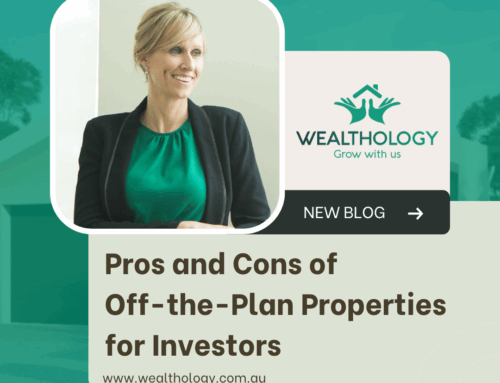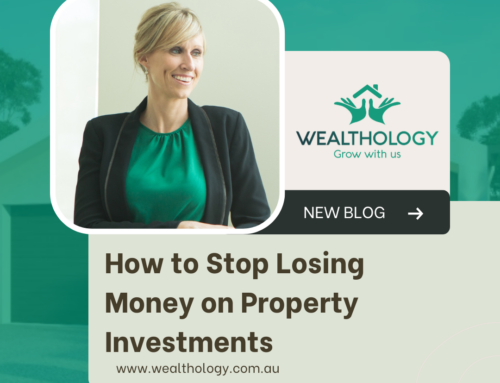Queensland has long been considered the metropolitan alternative for those wanting everything New South Wales and Victoria have but just less busy, but that’s all about to change.
Recent data released by the Queensland treasury has revealed an influx of people from New South Wales and Victoria will see South East Queensland’s population surge past six million by 2027.
This surge in population would put further demand on the already severely undersupplied housing market in South East Queensland.
With international migration still well below pre-pandemic levels, it’s interesting to note that Queensland is currently the primary beneficiary of a population exodus of our southern counterparts.
Wealthology suggests that approximately 41,000 will move to Queensland this financial year, substantially up from 22,000 the year before.
It’s a dramatic contrast in New South Wales, with 40,000 people expected to leave the state and about 17,000 leaving Victoria.
What’s driving the surge in population?
Young families are the primary demographic wanting to call Queensland home. One of the main drivers for young families is their aspiration to enter the housing market.
With the median Sydney home value sitting near $1.5 million, many are looking at alternatives to step onto the property ladder.
In addition, Queensland is known for having a better lifestyle and work-life balance.
South East Queensland is also experiencing growth in the employment sector, with Queensland recording the highest employment growth in Australia, with over 15,000 jobs created last month in Queensland.
Is Queensland able to handle the influx in population?
Having a large population is one thing, but having the infrastructure to support that population can often be another.
Fortunately, Queensland is well equipped to handle the surge of new arrivals.
The 2032 Olympic Games will underpin the employment sector by providing ongoing infrastructure projects over the long term.
Furthermore, South East Queensland has been bracing for a wave of new residents for almost twenty years.
In 2006, the then-premier of Queensland, Anna Bligh, announced new legislation to fast track development in certain areas dubbed “priority development areas”. These priority development areas would allow developers to fast track their approvals removing much of the red tape.
Three major PDAs are Logan, Springfield, Ripley and Yarrabilba. These areas are seeing a rapid expansion of housing estates but are also subject to massive investment in transport, health and education.
Who does this benefit?
While some welcome the Brisbane boom, first-home buyers and those looking to upgrade are feeling the pinch, with many painfully wedged between soaring property purchase prices and record-high rents.
This is excellent news for those already in the market or who can afford to enter the property market! A surge in population will well and truly put upward pressure on property prices. Whilst Brisbane has achieved a significant house price growth of 32% in the past twelve months, a steady influx in population will continue to push this north.
Relative to other parts of Australia, Brisbane is still considered affordable for a capital city market. It is still significantly cheaper than Melbourne and Sydney.
Whilst property owners are sure to benefit; it’s a contrasting story for those not in the market. Rents will skyrocket further. Currently, the vacancy rate is 0.7% which is extremely low. Therefore, we see rental prices often rise in consecutive tenancy agreements, resulting in increased cash flow for our clients.
In the March 2022 Quarter, Brisbane house prices rose 5.7 per cent, which is expected to continue for the remainder of the year. Annualising that quarterly, the growth rate would equate to a 22.8% growth in prices over the course of a year. Based on the current Median value of approximately $750,000, this would add over $150,000 in value to properties in Brisbane.





